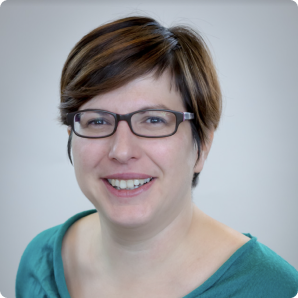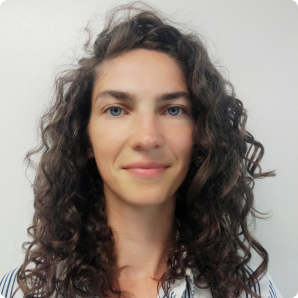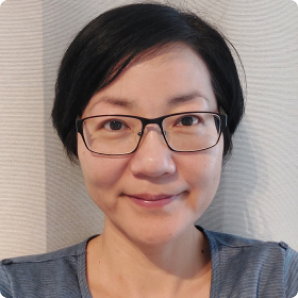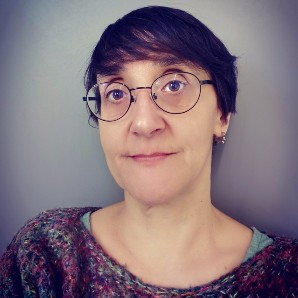

HES-SO
Description
HES-SO is a network of 28 universities of applied sciences and arts offering degree programmes in six key fields in western Switzerland’s seven cantons. HE-Arc Conservation Restauration, part of the HES- SO networks, is based in Neuchâtel and trains conservators of cultural heritage at bachelor and master level. HE-Arc Conservation Restauration has also a research unit that has been developing projects since 2005 which aim at understanding degradation processes and developing conservation methods and treatments for archaeological, ethnographic, scientific, technical and horological objects. In particular, relevant projects developed by the Research Unit of the HE-Arc Conservation Restauration, focus on the use of microorganisms (fungi and bacteria) for the stabilisation of archaeological materials (copper and iron artifacts and waterlogged wood) and outdoor metallic structures (sculptures and architectural surfaces), as well as the development of green gels for cleaning metal surfaces of historical artifacts.
Contribution
WP3 at HES-SO aims at developing innovative green solutions for the cleaning of historical metal artefacts, specifically tarnished indoor silver objects; removal of degraded protective coating of silver, for example cellulose nitrate, could also be implemented. Such green solutions include those inspired by historical recipes on account of the level of greenness, and recently developed bio-methods such as natural or bio-synthesized gels amended by microorganisms or green solvents for chelating and uptaking metal ions and dissolving organic coatings. They should be bio-sourced, biodegradable, reproducible, non-toxic, and easily accessible and handled by conservators, while still exhibiting optimal performance. The core objective will be achieved by a few work tasks including: selection of traditional materials and methods that are considered effective by conservators as a reference benchmark, whose performance such as cleaning efficacy, selectivity, residues of cleaning agents, and physical or chemical effects on original materials will be defined and assessed using test samples (T3.1), development and evaluation of innovative cleaning methods inspired by historical recipes (T3.2), development and evaluation of innovative green cleaning methods inspired by biological processes and green synthesis (T3.3), in-situ application of the best-performing technologies on selected case studies (T3.4). Similar analytical protocols will be developed and used for both T3.1, T3.2 and T3.3, including visual assessment, as well as analysis through optical microscope, XRF, Raman spectroscopy, FTIR, etc.
WP4 at HES-SO aims to propose green solutions for the stabilization, including consolidation, of heritage objects made of iron and copper, as an alternative to the traditional methods that are harmful to the environment and conservators. Emphasis will be placed on developing a method that is biodegradable, bio-sourced, easily accessible, simple to operate and safe for both conservators and the environment, while optimizing treatment performance. The selection of a green solution for metal stabilization will be made from microorganism strains previously identified as highly promising (Desulfitobacterium hafniense, Shewanella loihica, Pseudomonas putida or Methylophilus sp. for iron biominerals, and Beauveria Bassiana fungi for copper oxalate formation) and will be based on the critical literature review of traditional and historical methods. The main goal will be achieved through several work tasks including: the selection of traditional methods that are currently considered effective and widely used by conservators as a benchmark method, performance evaluation of traditional, historical, and non-Western methods/practices, development, and evaluation of performances of innovative green stabilization methods and in-situ application of the technology that has achieved the best-performing results on selected case studies.

Edith Joseph
Edith Joseph received a MSc degree in chemistry from the University of Nantes (France) in 2001. She collaborated with the M2AD Laboratory (University of Bologna, Italy), where she obtained in 2009 a PhD degree in environmental and heritage chemistry on the application of FTIR microspectroscopy to cultural heritage materials and she participated to 10 international, European and Italian projects. From 2010 to 2012, her Marie Curie fellowship at the Swiss National Museum aimed at developing biological protective treatments for copper, iron and silver artefacts (BAHAMAS project). In 2013, she was granted at the University of Neuchâtel a Swiss National Science Foundation Ambizione fellowship on the use of microorganisms for the desalination of archaeological iron (MAIA project). In 2016, she obtained a SNSF Professorship proposing a breakthrough innovative, eco-friendly strategy for the conservation of wooden artefacts after excavation (MICMAC project). She is currently a professor at the HE Arc Conservation-restauration (HES-SO University of Applied Sciences) and develops her research activities on biotechnologies applied to cultural heritage.

Patrycja Petrasz
In 2017, Patrycja Petrasz graduated from The University of Nicolaus Copernicus in Torun, Poland with a master's degree in Conservation and Restoration of cultural heritage. After graduation, she worked as a metal conservator at Helena Standberg Konservator AB and later as a conservator of archeological objects, specializing in iron and copper conservation at ACTA konservering AB. In October 2022, Patrycja joined Haute-Ecole Arc as a research assistant for the gogreen project in which she will be involved in WP4, focused on the stabilization and consolidation of archaeological iron and copper artifacts. During her studies and career, she gained a basic knowledge of analytical analyzes used in the cultural heritage field. However, the practical conservation of waterlogged objects is among her strongest assets.

Qing Wu
Qing Wu completed her Bachelor and Master degrees in Conservation at the Bern Academy of Arts, Switzerland. She obtained her PhD in Art History in 2021 at the University of Zurich, studying the applications, materials, technical parameters and corrosion of historical Zwischgold. Afterwards, she worked as research assistant at the Cologne Institute of Conservation Science, Germany, and is now at the Haute Ecole Arc, Switzerland, for the GoGreen project - WP3, focusing on the biocleaning of silver. She is skilled in sample preparation and analysis via ultramicrotomy, SEM, XRF, FTIR, Raman, light microscopy and colorimetry, and has experience in the application of ion beam analysis and synchrotron-based X-ray 3D imaging.

Lidia Mathys-Paganuzzi
Since 1992, Lidia Mathys-Paganuzzi has been involved in several research mandates and projects in various laboratories at the University of Neuchâtel: LATHEMA, Soil and Vegetation (LSV), Microbiology (LAMUN), Hydrogeology Centre (CHYN), as well as supervising students and apprentices and managing the laboratories. She possess expertise in physico-chemical analyses of soil, water, plants, rocks, and sediments, field know-how, preparation of culture media, cultivation of fungal strains, and the optimization of both analytical methods and biotechnology processes.
Lidia joined the Haute Ecole Arc in Conservation-restoration in February 2024 and she is currently actively involved in the GoGreen research project. Lidia her activities as part of GoGreen (WP3 and WP4), consist of supporting experiments involving living organisms.
